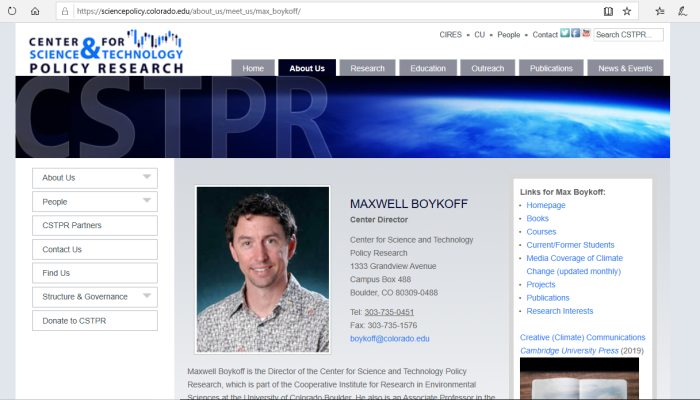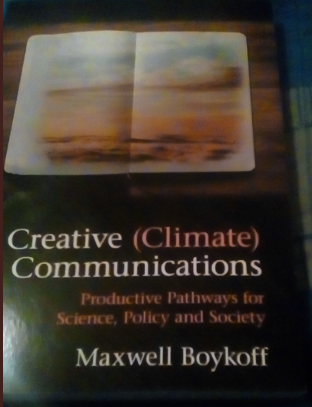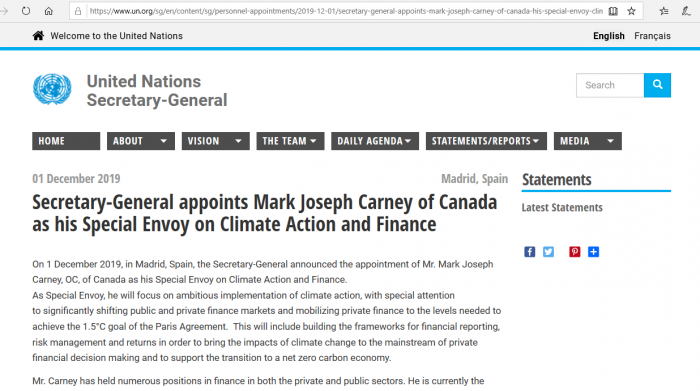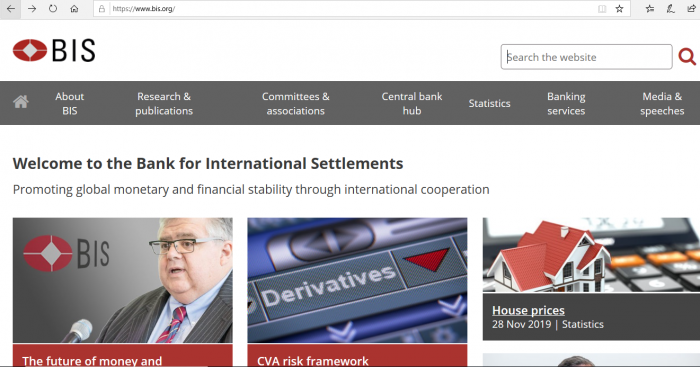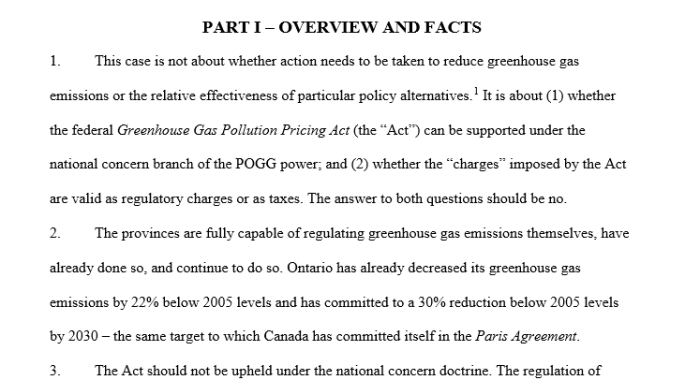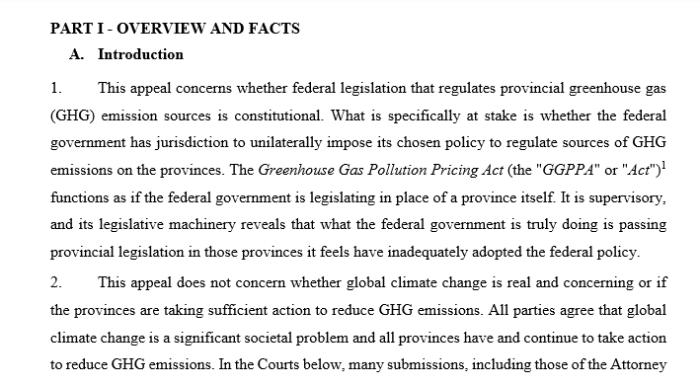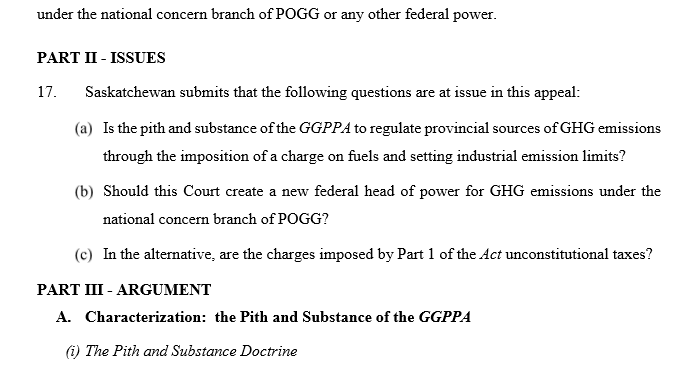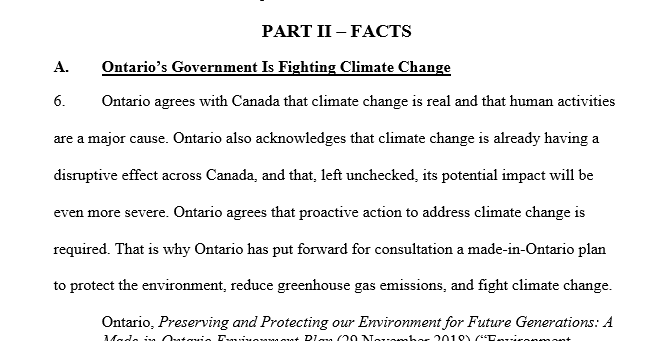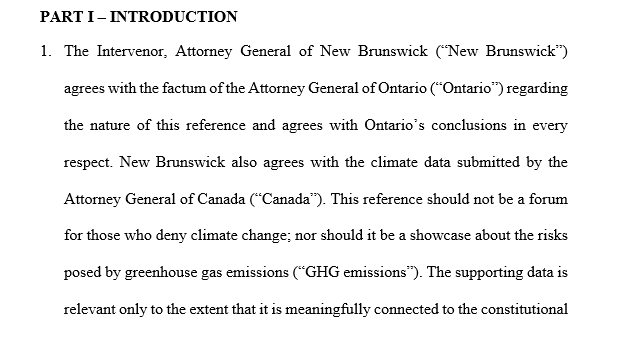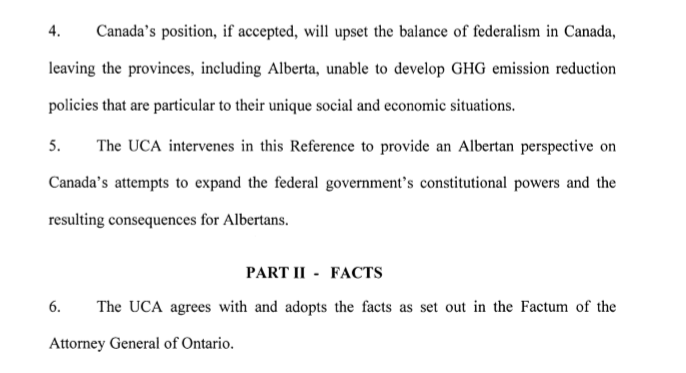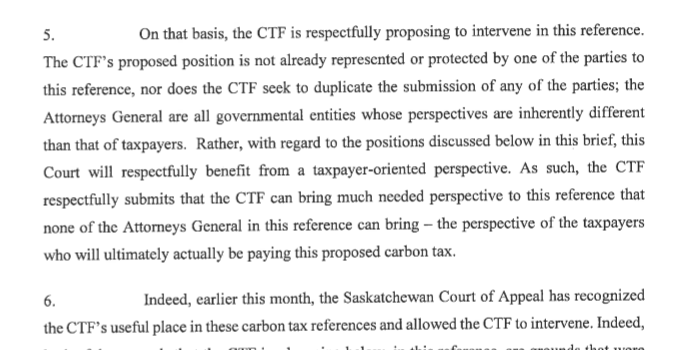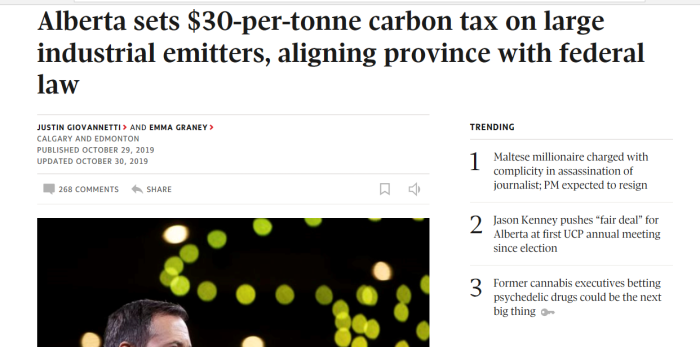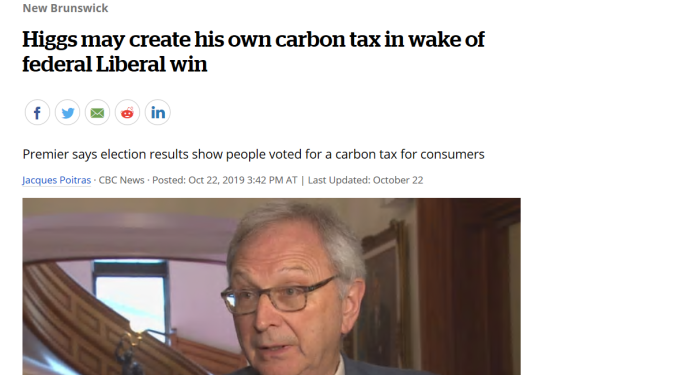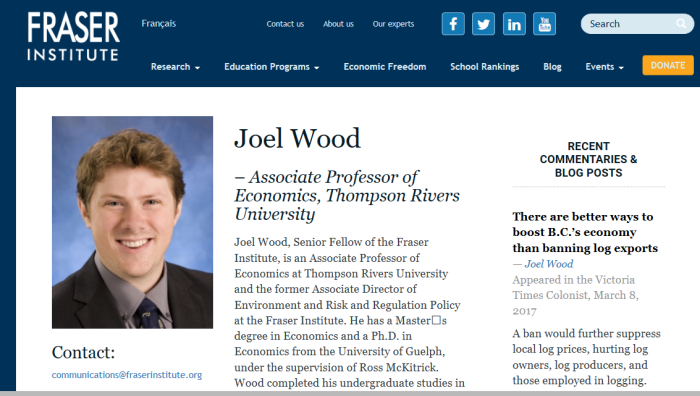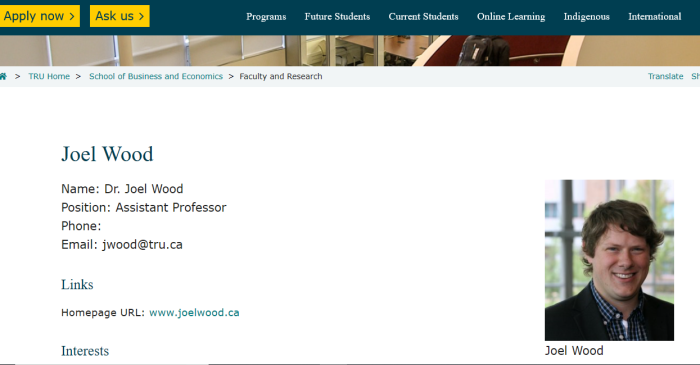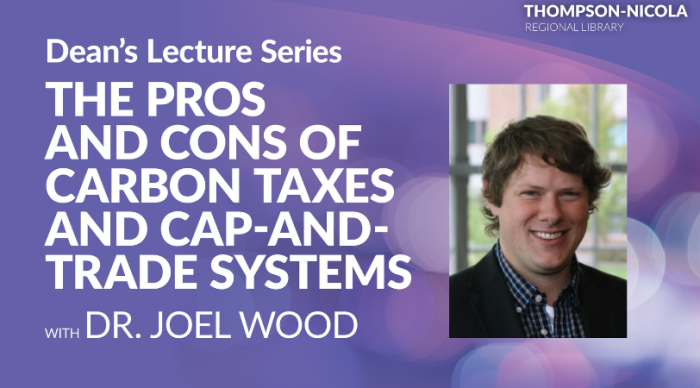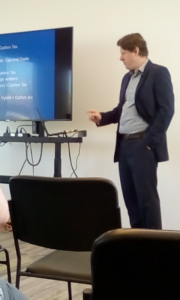(Goldman Sachs Exec-VP John Rogers served in Reagan Administration)
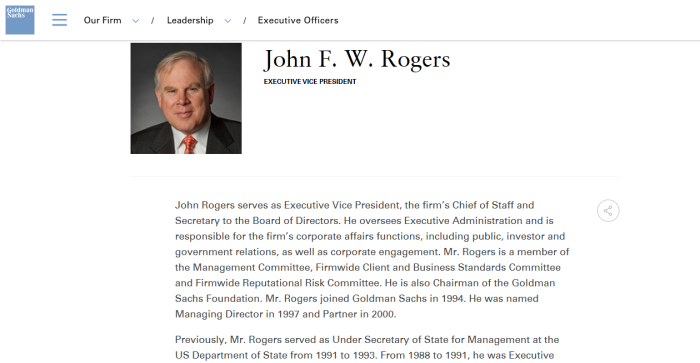
(Fox covered the collapse of Chicago Carbon Exchange)
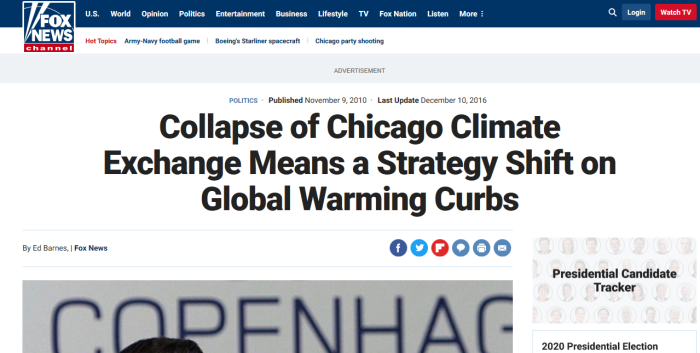
1. Debunking The Climate Change Scam
The entire climate change industry, (and yes, it is an industry) is a hoax perpetrated by the people in power. See the other articles on the scam, the propaganda machine in action, and some of the court documents in Canada. Carbon taxes are just a small part of the picture, and conservatives are intentionally sabotaging their court cases.
2. Important Links
(1) https://www.investopedia.com/news/26-goldman-sachs-alumni-who-run-world-gs
(2) http://archive.is/bTmOy
(3) https://www.goldmansachs.com/our-firm/leadership/executive-officers/john-f-w-rogers.html
(4) http://archive.is/wMH3n
(5) https://www.goldmansachs.com/our-firm/leadership/executive-officers/sarah-e-smith.html
(6) http://archive.is/kvX3d
(7) https://www.goldmansachs.com/our-firm/leadership/executive-officers/beth-hammack.html
(8) http://archive.is/8QGbL
(9) https://www.treasury.gov/about/history/Pages/hmpaulson.aspx
(10) http://archive.is/FN28
(11) https://www.foxnews.com/politics/collapse-of-chicago-climate-exchange-means-a-strategy-shift-on-global-warming-curbs
(12) http://archive.is/bpFDW
(13) https://www.news.com.au/national/politics/labor-might-support-malcolm-turnbulls-national-energy-guarantee/news-story/fb533cf699f5d4f2f69668db618232d8
(14) http://archive.is/4CeSp
(15) https://www.cnbc.com/2019/10/24/mario-draghi-key-moments-at-the-european-central-bank.html
(16) http://archive.is/ozhTd
(17) https://www.ecb.europa.eu/ecb/orga/climate/html/index.en.html
(18) http://archive.is/rYewy
(19) https://fortune.com/2016/08/17/donald-trump-bannon-mnuchin-goldman/
(20) http://www.whatreallyhappened.com/WRHARTICLES/shorebank.php
(21) http://archive.is/F06YB
(22) http://www.freerepublic.com/focus/chat/2086494/posts
(23) http://archive.is/S8y33
(24) https://www.abeldanger.org/as-director-of-joyce-foundation-obama/
(25) http://archive.is/LFCT3
(26) https://fortune.com/2016/08/17/donald-trump-bannon-mnuchin-goldman/
(27) https://mitsloan.mit.edu/faculty/directory/gary-gensler
(28) http://www.unitypublishing.com/Government/Maurice%20Strong.htm
(29) http://archive.is/n88c7
(30) http://www.thecypresstimes.com/conspiracy-reality-connections-between-white-house-chicago-climate-exchange-and-goldman-sachs-too-big-to-ignore
(31) http://archive.is/6ZASr
3. Founders Of Chicago Climate Exchange
- American Electric Power (AEP),
- Baxter International Inc.,
- the City of Chicago,
- DuPont,
- Equity Office Properties Trust,
- Ford Motor Company,International Paper,
- Manitoba Hydro,
- MeadWestvaco Corporation,
- Motorola, Inc.,
- STMicroelectronics,
- Stora Enso North America,
- Temple-Inland Inc,
- Waste Management,Inc.
Source for the CCX founders is here.
4. Obama Was Director Of Joyce Foundation
The CCX was set up in 2000 in anticipation of the United States joining Europe and other countries around the world to create a market that would reduce the emission of greenhouse gases. Under the system, factories, utilities and other businesses would be given an emissions target. Those that emitted less fewer regulated gases than their target could sell the “excess” to someone who was above target. Each year, the target figures would be reset lower.
The Exchange was the brainchild of Richard Sandor, an economist and professor at Northwestern University, and it was modeled after a successful program that was launched in 1990 and helped control acid rain in the Midwest. It was initially funded by a $1.1 million grant from the Joyce Foundation of Chicago, and President Obama was a board member at the time.
After the Democrats won the White House, the House and the Senate in 2008, businesses and investors flocked to the exchange, believing Congress would quickly approve the program. And it almost happened.
This is a huge conflict of interest to be involved in. Barry Soetoro, (a.k.a. Barrack Obama) was a Director for an organization that helped establish the Chicago Climate Exchange. His policies (had it passed), been able to drive a great deal of consumer and tax money to the scheme.
CCX will administer this pilot program for emission sources, farm and forest carbon sinks, offset projects and liquidity providers in North America. To foster international emissions trading, offset providers in Brazil can also participate. The development of CCX resulted from feasibility and design studies that were funded by grants from the Chicago-based Joyce Foundation and administered by Northwestern University’s Kellogg Graduate School of Management. Environmental Financial Products, LLC conducted the research and development effort.
Source is here.
5. Endless Connections Of Goldman Sachs

John Rogers serves as Executive Vice President, the firm’s Chief of Staff and Secretary to the Board of Directors. He oversees Executive Administration and is responsible for the firm’s corporate affairs functions, including public, investor and government relations, as well as corporate engagement. Mr. Rogers is a member of the Management Committee, Firmwide Client and Business Standards Committee and Firmwide Reputational Risk Committee. He is also Chairman of the Goldman Sachs Foundation. Mr. Rogers joined Goldman Sachs in 1994. He was named Managing Director in 1997 and Partner in 2000.
Previously, Mr. Rogers served as Under Secretary of State for Management at the US Department of State from 1991 to 1993. From 1988 to 1991, he was Executive Vice President of the Oliver Carr Company. Earlier, Mr. Rogers served as Assistant Secretary of the Treasury from 1985 to 1987 and as an Assistant to the President of the United States at the White House from 1981 to 1985.
John Rogers is Executive Vice President for Goldman Sachs, and spent time in the Reagan and George Bush Sr. administrations. He is very politically connected. (Archive)
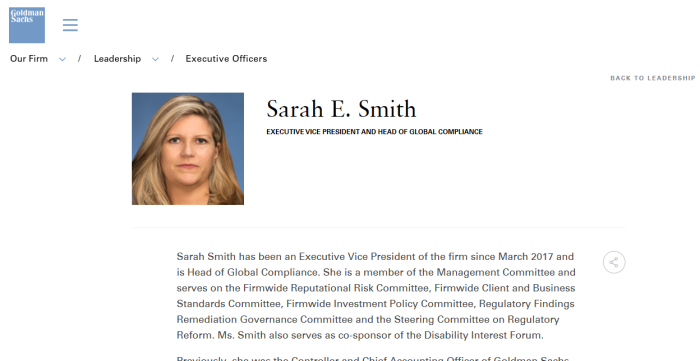
Ms. Smith previously served on the US Treasury Department’s Commission on the Auditing Industry. She is a member of the Institute of Chartered Accountants in England and Wales.
Another Vice President of Goldman Sachs, Sarah Smith, also is a former member of the U.S. Government. She previously served in the Treasury Department.
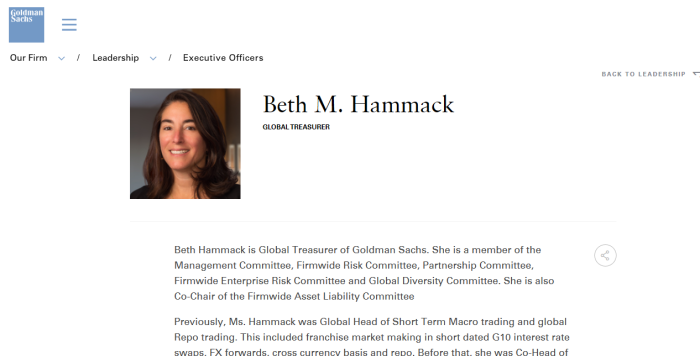
Previously, Ms. Hammack was Global Head of Short Term Macro trading and global Repo trading. This included franchise market making in short dated G10 interest rate swaps, FX forwards, cross currency basis and repo. Before that, she was Co-Head of US Interest Rate Products cash trading, which included government bonds, agencies and mortgage pass-throughs. Ms. Hammack joined Goldman Sachs in 1993 as an Analyst in Capital Markets and then moved to the Interest Rate Products trading desk, where she traded a variety of instruments focused primarily on options and later agencies. She was named Managing Director in 2003 and Partner in 2010.
Ms. Hammack is Chair of the Treasury Borrowing Advisory Committee and a member of the Treasury Market Practices Group. She also serves on the board of Math for America.
Yet another Goldman Sachs executive who also served with the U.S. Treasury. (Archive)
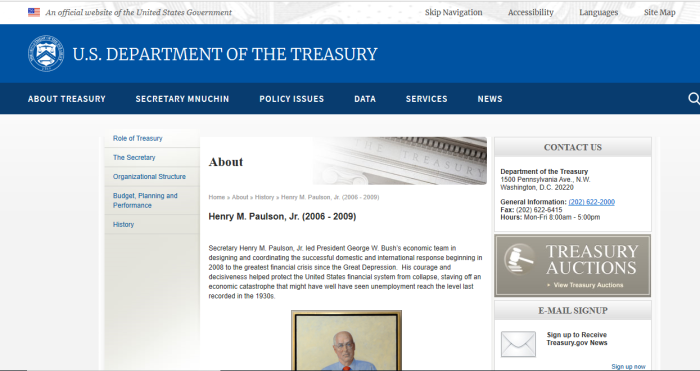
Secretary Paulson arrived at Treasury in July 2006 well prepared for the challenges he would face. He came from a 32-year career in finance with a leading global investment bank, Goldman Sachs, where he served eight years as Chairman and CEO. Paulson assembled a team of experienced professionals and reinstituted regular meetings of the President’s Working Group on Financial Markets. The coordinated efforts of the PWG’s financial regulators would later prove critical to the U.S. government’s ability to prevent the collapse of the financial system.
Secretary Paulson’s non-partisan leadership enabled him to convince Congress to grant the unprecedented emergency powers necessary to stem the crisis. Looking to the future, Secretary Paulson and his Treasury team crafted a regulatory blueprint to fix an outdated financial regulatory structure, including reforms that ultimately became part of the Dodd/Frank financial reform legislation that would eventually be signed into law by President Obama.
Together with President Bush, Secretary Paulson established the G20 as the premier leaders’ forum for global financial reform and economic recovery, guiding the work of the first Summit that established the roadmap for future leaders meetings.
Yet another Goldman Sachs executive who ended up working for the Treasury Department. In fact, he was Treasury Secretary. (Archive)

Formerly Gensler was chairman of the U.S. Commodity Futures Trading Commission, leading the Obama Administration’s reform of the $400 trillion swaps market. He also was senior advisor to US Senator Paul Sarbanes in writing the Sarbanes-Oxley Act (2002) and was Under Secretary of the Treasury for Domestic Finance, and Assistant Secretary of the Treasury during the Clinton Administration. In recognition for his service, he was awarded Treasury’s highest honor, the Alexander Hamilton Award. He is a recipient of the 2014 Frankel Fiduciary Prize.
Gensler is currently a member of the New York Fed Fintech Advisory Group and was chairman of the Maryland Financial Consumer Protection Commission (2017-2019). He has worked on various political campaigns, most recently as CFO for Hillary Clinton’s 2016 presidential campaign, as a senior advisor to Hillary Clinton’s 2008 campaign, and subsequently as an economic advisor for the Obama 2008 campaign.
Prior to his public service, Gensler worked at Goldman Sachs (1979-1997), having become a partner in the Mergers & Acquisition department, headed the firm’s Media Group, led fixed income & currency trading in Asia, and lastly co-headed Finance, being responsible for the firm’s worldwide Controllers and Treasury efforts.
Gary Gensler was was chairman of the U.S. Commodity Futures Trading Commission, leading the Obama Administration’s reform of the $400 trillion swaps market. He is also now part of the New York Fintech Advisory Group.
6. Goldman Sachs & U.S. Gov’t Connections
John Rogers worked for the Reagan Administration.
John Rogers worked for the George Bush Sr. Administration.
Gensler worked for Hillary Clinton’s 2008 and 2016 presidential run.
Henry Paulson worked for George Bush Jr.
Henry Paulson’s work was used in Obama Administration.
Gensler worked for the Obama Admin, Commodity Futures Trading Commission.
Steve Bannon works for the Trump Administration.
Sarah Smith served in the Treasury Department.
Beth Hammack served in the Treasury Department.
7. Australian PM, Goldman Sachs Partner
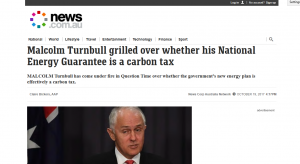
Former Australian PM Malcolm Turnbull was a partner in Goldman Sachs. No surprise, he pushed an energy policy which advances a carbon tax in all but the name. No surprise since Goldman Sachs is a huge beneficiary to the climate change scam.
8. Euro Central Bank, Goldman Sachs Exec.
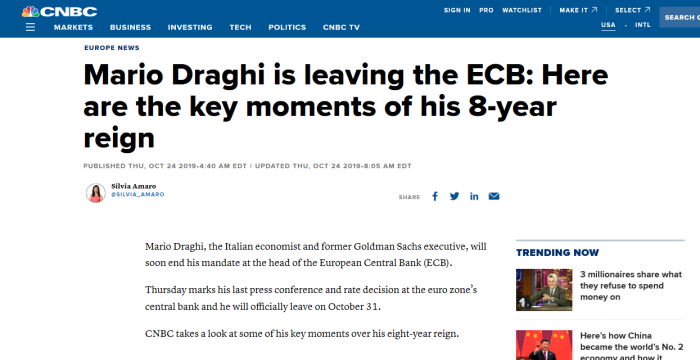
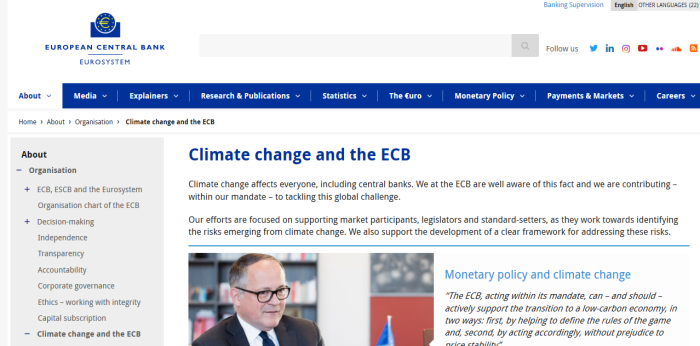
Goldman Sachs Executive Mario Draghi has now been at the European Central Bank for 8 years now. It should surprise no one that the ECB supports the climate change agenda, and promotes various measures
9. Mark Carney, BoC, BoE, Goldman Sachs

As addressed in this previous post, Mark Carney is leaving the Bank of England for a UN position.
On 1 December 2019, in Madrid, Spain, the Secretary-General announced the appointment of Mr. Mark Joseph Carney, OC, of Canada as his Special Envoy on Climate Action and Finance. As Special Envoy, he will focus on ambitious implementation of climate action, with special attention to significantly shifting public and private finance markets and mobilizing private finance to the levels needed to achieve the 1.5°C goal of the Paris Agreement. This will include building the frameworks for financial reporting, risk management and returns in order to bring the impacts of climate change to the mainstream of private financial decision making and to support the transition to a net zero carbon economy.
We need unprecedented climate action on a global scale. And public and private financial systems must be transformed to provide the necessary finance to transition to low-emission and resilient systems and sectors. The Secretary-General will count on Mark Carney to galvanise climate action and transform climate finance as we build towards the 26th Conference of the Parties (COP) meeting in Glasgow in November 2020
Mr. Carney began his career at Goldman Sachs before joining the Canadian Department of Finance and later serving as the Governor of the Bank of Canada (2008-2013). He was born in Fort Smith, Northwest Territories, Canada in 1965. He received a bachelor’s degree in Economics from Harvard University in 1988. He went on to receive a master’s degree in Economics in 1993 and a doctorate in Economics in 1995, both from Oxford University.
Carney’s announcement sounds impressive, but let’s be clear: this is about wide scale wealth transfer. The claims about environmentalism and saving the planet are just pretexts for doing so.
It’s interesting to tap a former banker (heads of both Bank of Canada and Bank of England). Does he plan to use this “climate finance” agenda the same way that central banks control national finances?
Climate modelling over any length of time has never worked. Why? Because models are just guess, predictions. They aren’t proof of anything. And despite claims to the contrary, the people doing the estimating know so little about the environment that such precise predictions aren’t realistic. Also, scientific research is frequently politically driven.
See the official announcement, and the COP25 announcement in Madrid, Spain. Carney is to become the UN Envoy on Climate Finance Action.
A charitable take might be that Carney will lobby for more Carbon taxes to fund this scheme. A less charitable view might be that Carney will use his considerable power and influence to force nations to pay up.
And in keeping with the theme so far, Mark Carney was a Director at Goldman Sachs prior to working at the Bank of Canada, Bank of England, and now the UN.
10. Goldman Sachs, Chicago, CCX, White House Conspiracy
An interesting blogpost by Bob Beauprez ties a lot of it together, and connects the major players in this climate change scam. Please read the actual posting. (Archive)
By Bob Beauprez
When it was announced that the leaders of Goldman Sachs would be sitting in front of Congress, getting grilled over the financial crisis, most people knew it was nothing more than an opportunity for politicians to grandstand while beating down a straw man.
But this? A corruption scandal that is bigger than any other in the history of the United States. It could explain the “why” behind the “Climategate” scandal that broke last year but was ignored by the American mainstream media. Not only are several former Goldman Sachs executives working inside the Obama administration, but the banking giant has a 10% stake in cap and trade technology via the Chicago Climate Exchange, an entity that Barack Obama helped form as a Board member of the Joyce Foundation.
Political commentator and former Colorado Congressman, Bob Beauprez (R), has gotten an insider’s look at political theater, but when the congressional hearings that took place with Goldman Sachs executives is viewed through the lens of this kind of conspiracy, it sheds a whole new light on what is really going on behind the curtain.
Glenn Beck broke the story on his April 26th television show and regardless of how you view Beck, the odds of all these connections between all of these entities, tying each back to a $15 Trillion scam are far too long to be strictly a coincidence.
Here are the players and their roles:
Joyce Foundation – A group founded in 1948 that took a sharp turn to the left after it’s founder, Beatrice Joyce Kean died in 1972.
Barack Obama – President of the United States and one time Board member of the Joyce Foundation. Largely responsible for creating the Chicago Climate Exchange by funneling money to it from the Joyce Foundation.
Chicago Climate Exchange (CCX) – An exchange dealing exclusively with Cap and Trade passes, techonology, etc. It was formed largely due to Obama’s role as Board member on Joyce Foundation. Obama oversaw the funneling of money from that foundation to the CCX as well as to an entity headed by Bill Ayers’ brother.
Valerie Jarrett – Senior advisor to Barack Obama and current Board member on the Joyce Foundation.
Al Gore – Founder of London-based Generation Investment Management (GIM). London also happens to be in the same country where climategate broke. GIM owns 10% of the CCX.
Goldman Sachs – Banking giant that, like Gore, owns 10% of the CCX. Also worthy of note is that at least six former Goldman Sachs executives work inside the Obama administration while Congress puts on a dog and pony show, publicly chastising other Goldman execs about their supposed complicity in the financial crisis.
Franklin Raines – Former head of Fannie Mae. While there, Raines used taxpayer dollars from Fannie Mae to purchase cap and trade technology.
11. More On: Goldman, Chicago, CCX, White House
Another blogpost, called what really happened, further details the collusion and corruption between the Obama Administration, the City of Chicago, the Chicago Climate Exchange, Goldman Sachs, and the Clintons. Please check that out as well.
The connections between these parties are too great to ignore. The entire climate change industry is a scam, where environmentalism is used as a sales pitch.
So far so good; now the INTERESTING parts.
One ShoreBank co-founder, named Jan Piercy, was a Wellesley College roommate of Hillary Clinton. Hillary and Bill Clinton have long supported the bank and are small investors.Another co-founder of Shorebank, named Mary Houghton, was a friend of Obama’s late mother. Obama’s mother worked on foreign MICRO-LOANS for the Ford Foundation. She worked for the foundation with a guy called Geithner. Yes, you guessed it. This man was the father of Tim Geithner, our present Treasury Secretary, who failed to pay all his taxes for two years.
Another founder of ShoreBank was Ronald Grzywinski, a cohort and close friend of Jimmy Carter.
The former ShoreBank Vice Chairman was a man called Bob Nash. He was the deputy campaign manager of Hillary Clinton’s presidential bid. He also sat on the board of the Chicago Law School with Obama and Bill Ayers, the former terrorist. Nash was also a member of Obama’s White House transition team.
(To jog your memories, Bill Ayers is a Professor at the University of Illinois at Chicago. He founded the Weather Underground, a radical revolutionary group that bombed buildings in the 60s and 70s. He had no remorse for those who were killed, escaped jail on a technicality, and is still an admitted Marxist).
When Obama sat on the board of the JOYCE FOUNDATION, he “funneled” thousands of charity dollars to a guy named John Ayers, who runs a dubious education fund. Yes, you guessed it. The brother of Bill Ayers, the terrorist.
Howard Stanback is a board member of Shorebank. He is a former board chairman of the Woods Foundation. Obama and Bill Ayers, the terrorist, also sat on the board of the Woods Foundation. Stanback was formerly employed by New Kenwood Inc., a real estate development company co-owned by Tony Rezko.
(You will remember that Tony Rezko was the guy who gave Obama an amazing sweet deal on his new house. Years prior to this, the law firm of Davis, Miner, Barnhill & Galland had represented Rezko’s company and helped him get more than 43 million dollars in government funding.Guess who worked as a lawyer at the firm at the time. Yes, Barack Obama).
Adele Simmons, the Director of ShoreBank, is a close friend of Valerie Jarrett, a White House senior advisor to Obama. Simmons and Jarrett also sit on the board of a dubious Chicago Civic Organization.
Van Jones sits on the board of ShoreBank and is one the marketing directors for “green” projects. He also holds a senior advisor position for black studies at Princeton University. You will remember that Mr. Van Jones was appointed by Obama in 2009 to be a Special Advisor for Green Jobs at the White House. He was forced to resign over past political activities, including the fact that he is a Marxist.
Al Gore was one of the smaller partners to originally help fund the CHICAGO CLIMATE EXCHANGE. He also founded a company called Generation Investment Management (GIM) and registered it in London, England. GIM has close links to the UK-based Climate Exchange PLC, a holding company listed on the London Stock Exchange. This company trades Carbon Credits in Europe (just like CXX will do here) and its floor is run by Goldman Sachs. Along with Gore, the other co-founder of GIM is Hank Paulson, the former US Treasury Secretary and former CEO of Goldman Sachs. His wife, Wendy, graduated from and is presently a Trustee of Wellesley College. Yes, the same college that Hillary Clinton and Jan Piercy, a co-founder of Shorebank attended. (They are all friends).
This blog, as with the last one, I do not claim to own. You should go check out the sites on your own for further information.
12. It’s All A Scam
Despite the media and political hype, this is a scam, and has been since day one. There is a collusion between corrupt parties who are ripping off the public based entirely on lies. Who are they? Well, the above 2 sections outline it pretty well.
Taxing the public and funnelling that money was never meant to prevent global warming, or climate change, or help the environment in any way. It was always a scam to fleece the public under the pretense of doing good.
Do your research.
Connect the dots.

